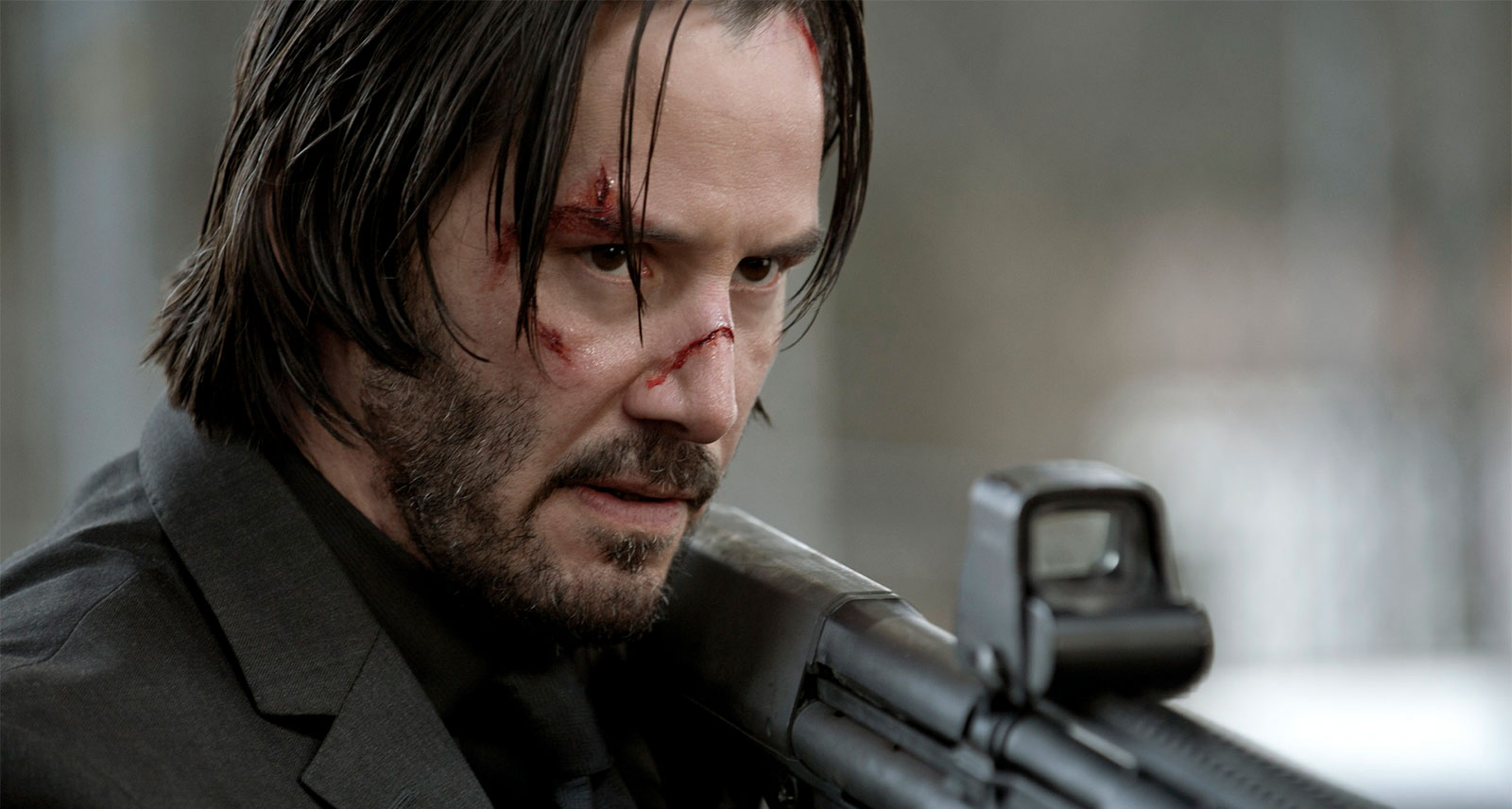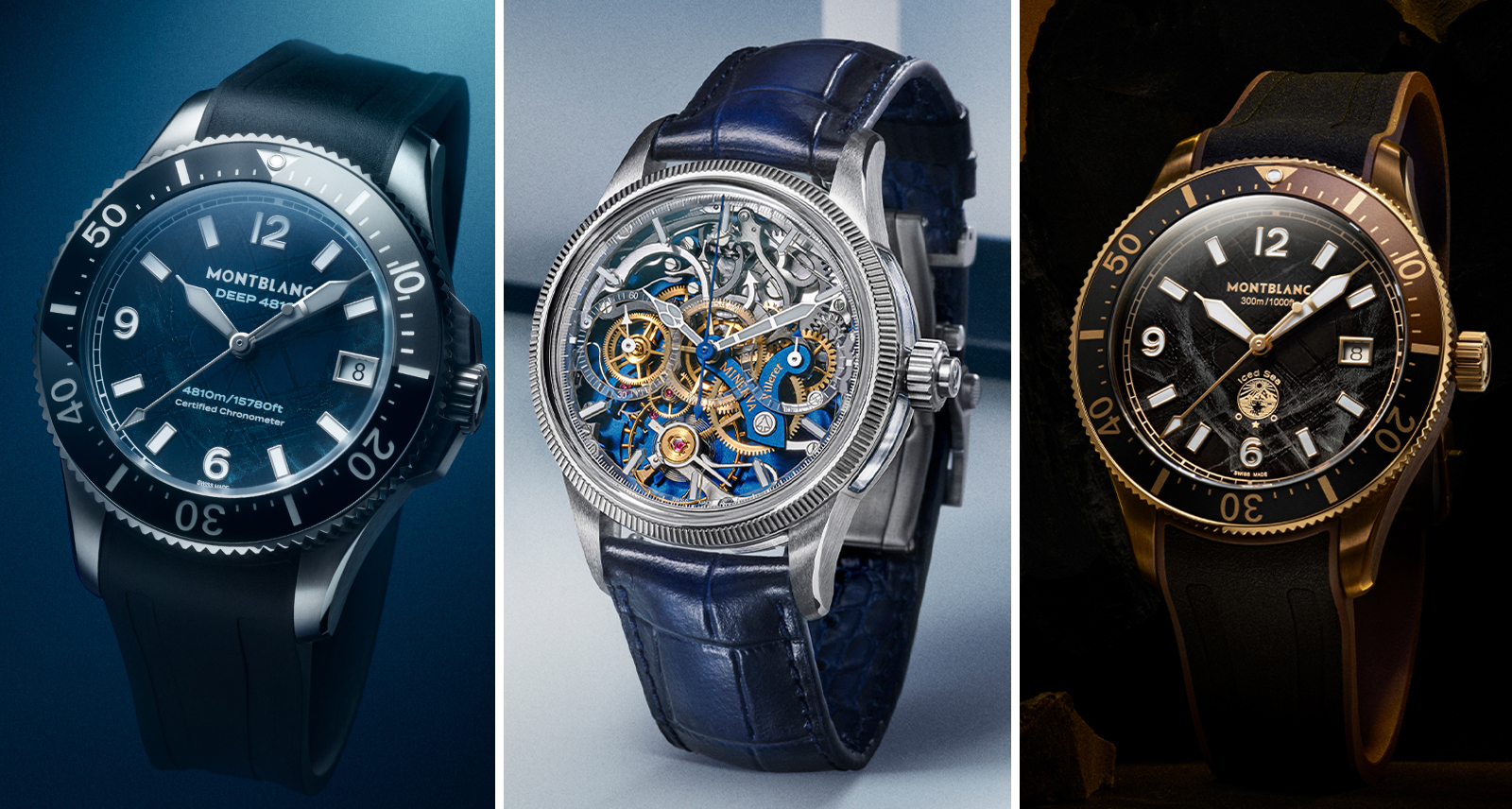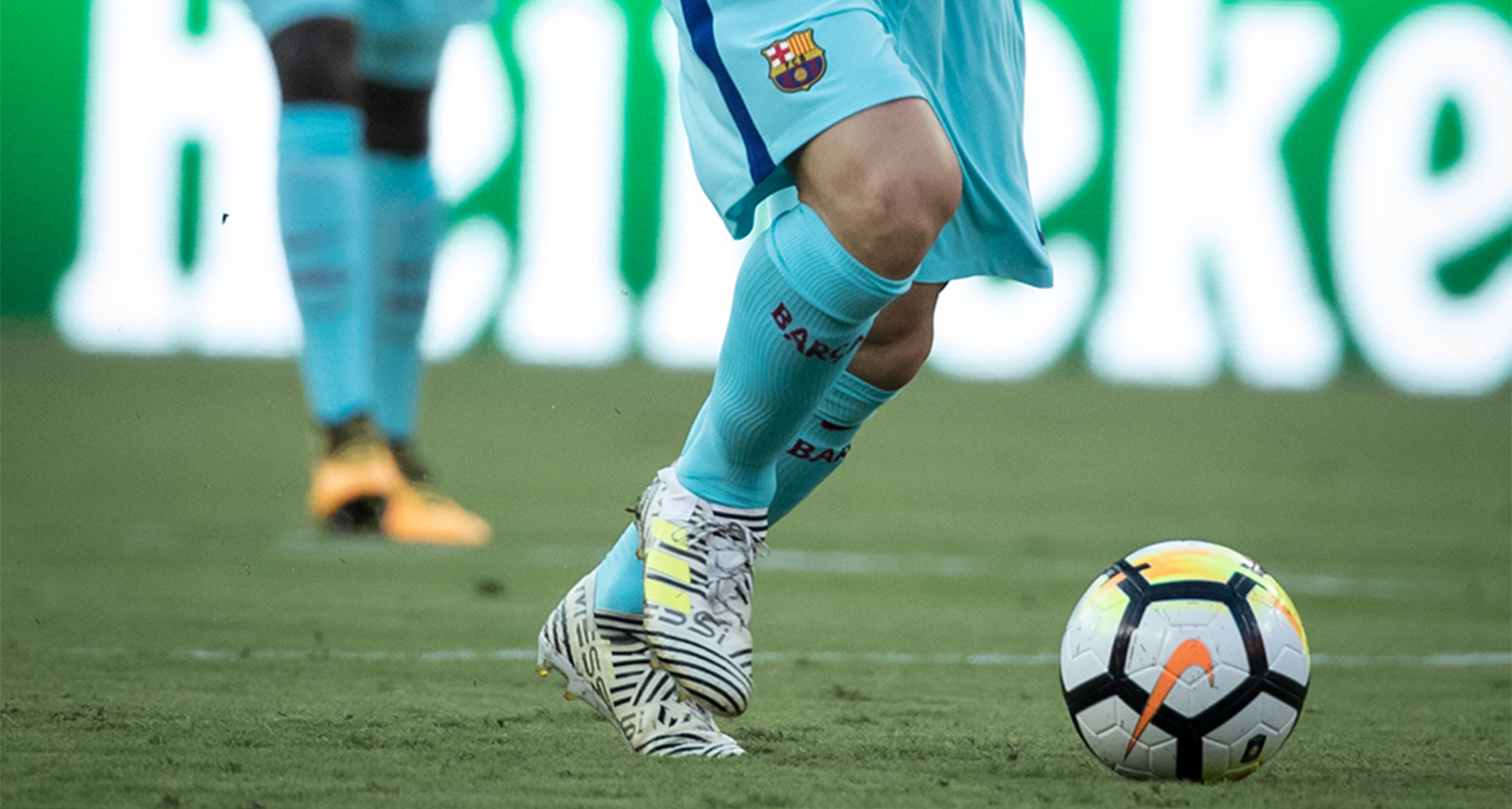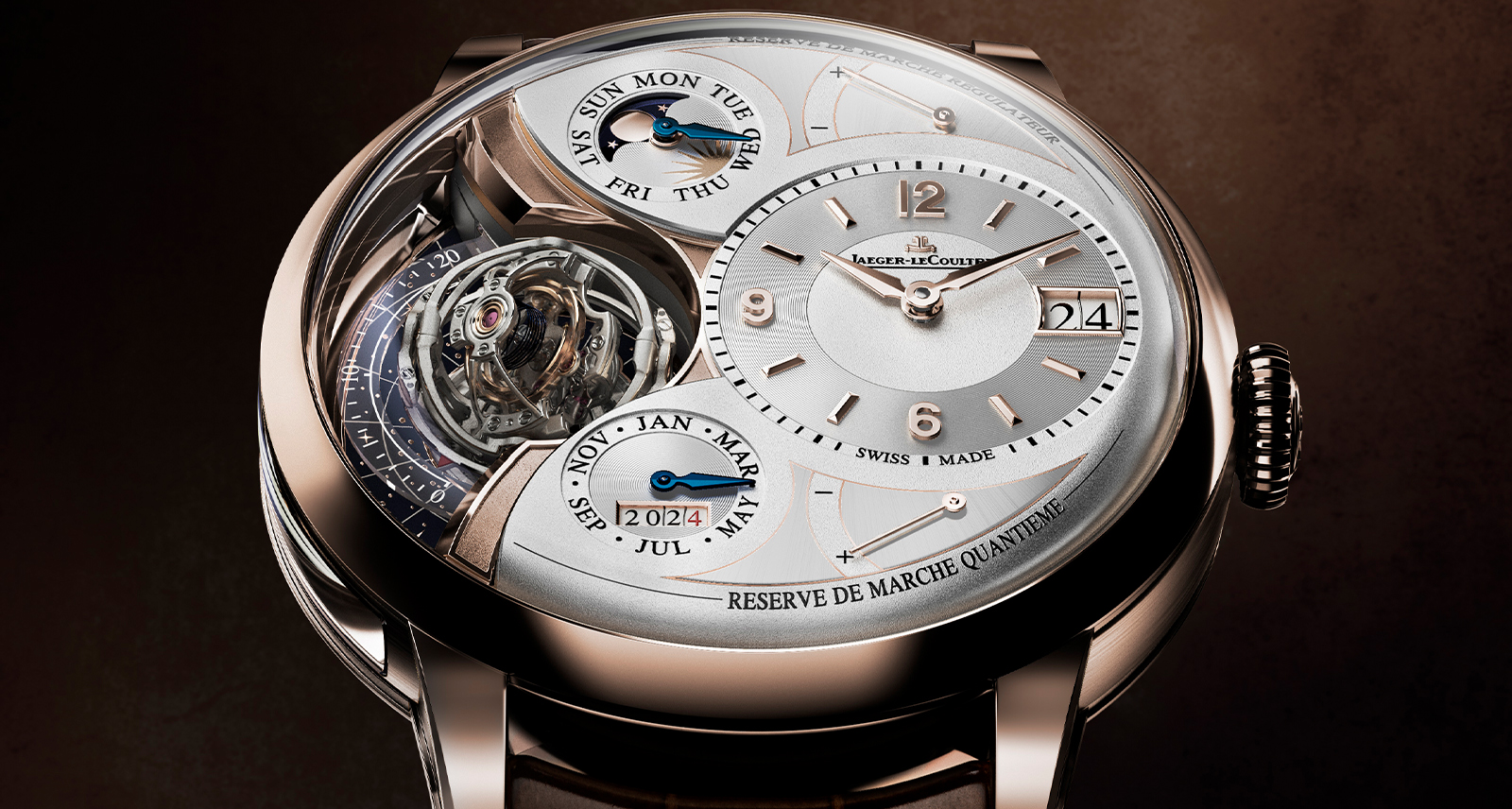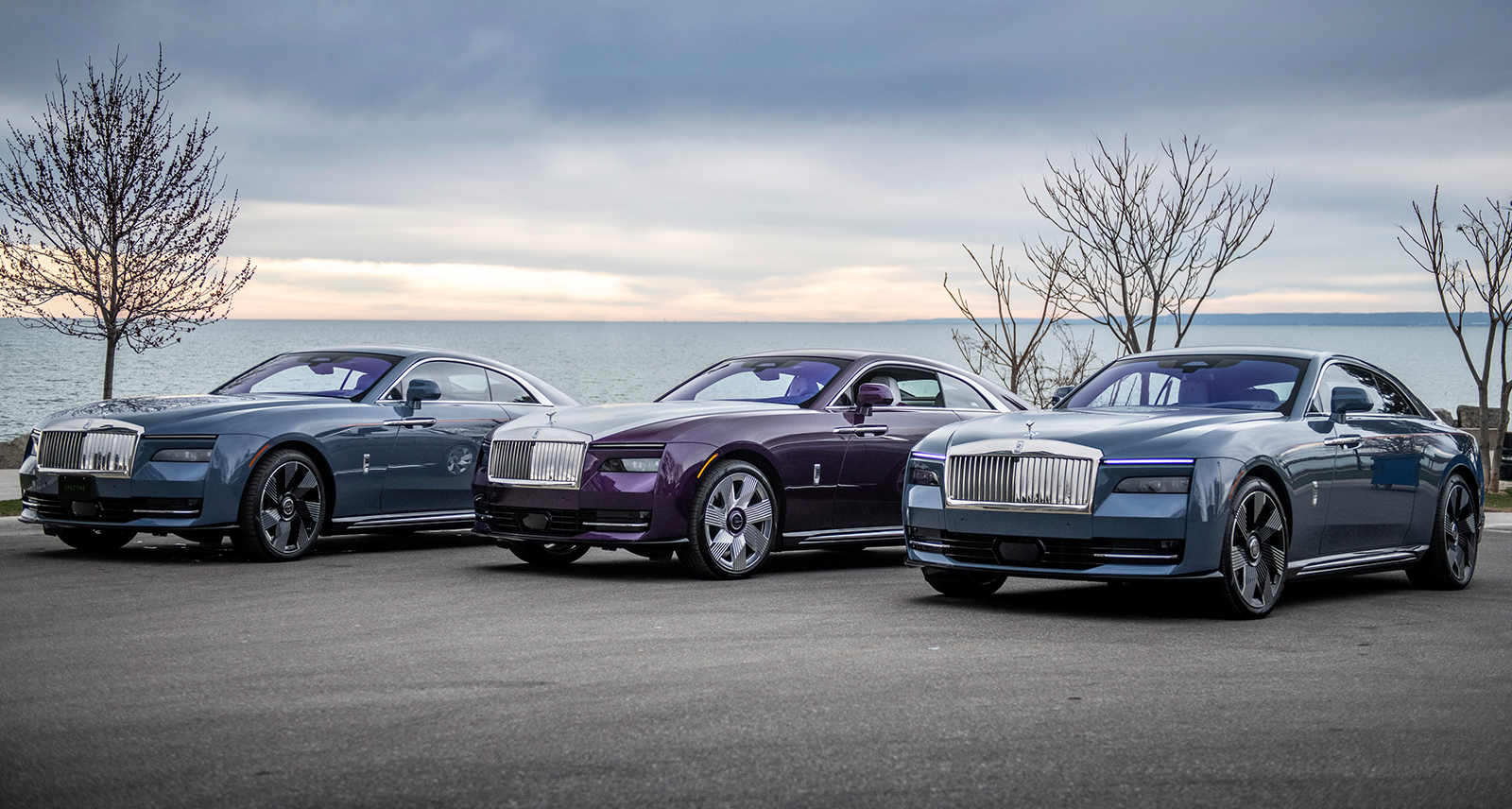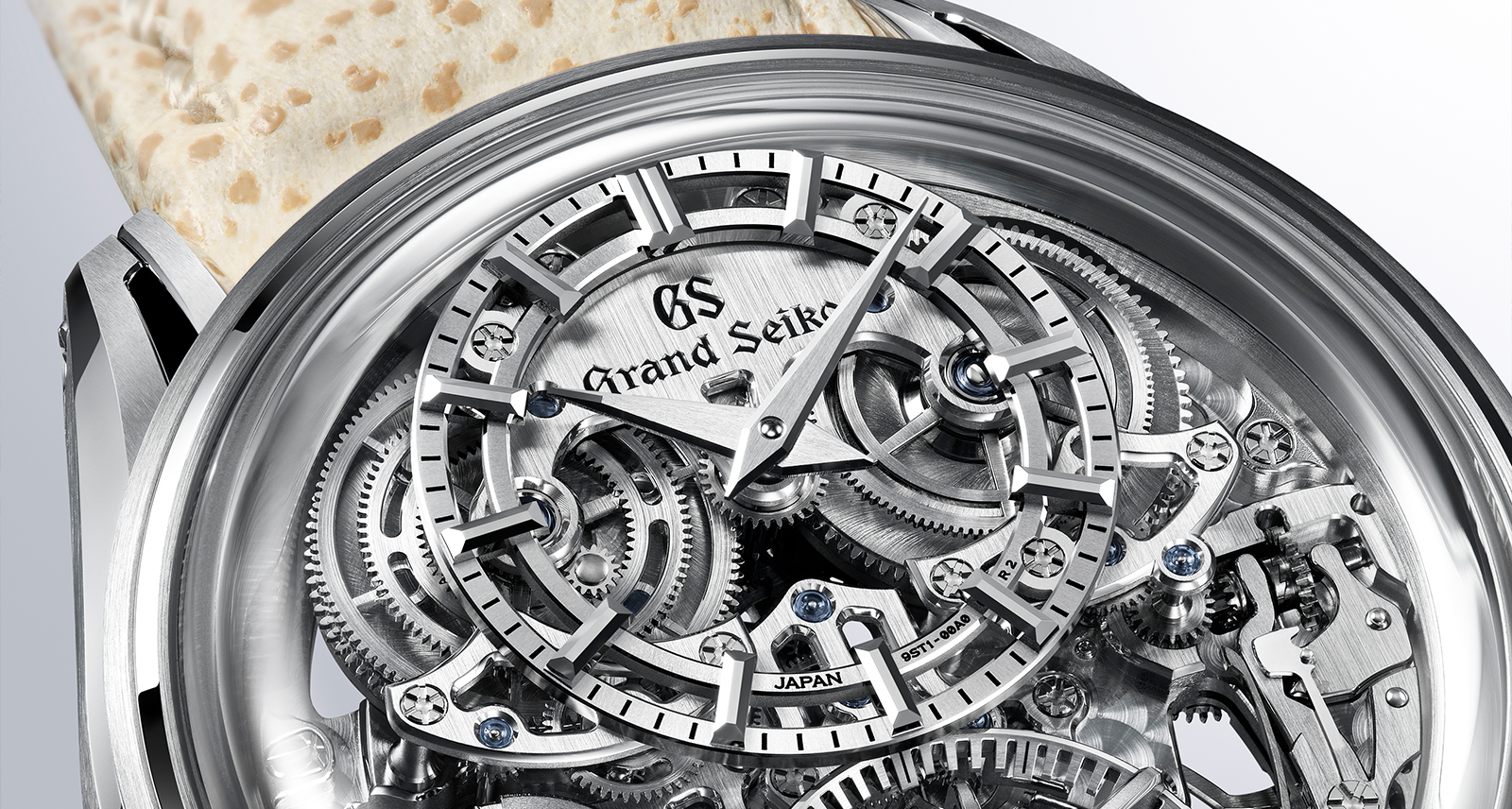We Have Serious Questions About John Wick’s Personal Accounting
The first John Wick was – in a word – amazing. Watching Keanu kick, punch, blow up, and just generally devastate his way through endless waves of henchmen to enact bloody revenge… for a puppy? That’s the stuff cult classic action movies are made of.
And good news: John Wick: Chapter 2 is just as awesome. Actually, maybe even more so, considering we’re not forced to watch a cute dog get offed by Theon Greyjoy before getting to see Wick wreak havoc on the criminal underworld.
Like any good follow-up, everything’s dialled up to 11 for the sequel. Keanu destroys more property, fires off more rounds, kills more bad guys (118 to 77, to be exact). All because an Italian mob boss drags Wick back in to repay a blood oath, and then promptly double-crosses him. …Do these people never learn? In a shadowy world filled with complex, arcane rules, you’d think “Never piss off John Wick” would be right near the top of the list.
But that’s not the question that keeps me up at night.
See, part of the fun of the first movie was its introduction of a secret society of assassins hidden in plain sight. Their home base – a high-end Manhattan social club/hotel called The Continental – essentially functioned as a separate city state, with its own special laws, customs and currency, in the form of stacks upon stacks of gold coins. (Think Hogwarts, but with Glocks instead of wands.)
Chapter 2 doubles down on this esoteric criminal underground; there’s a second Continental, in Rome. Tailors who specialize in tactical evening wear. “Sommeliers” who offer personalized gun pairings. We even see their Accounts Payable department, as Wick drops some serious coin at each. But what I want to know is: just how much are those gold coins supposed to be worth in the John Wick-verse? What kind of exchange rates are we talking here?
Online fan theories range from anywhere between $1,000 USD to $10,000, but let’s start with what we know for sure: the first John Wick appears to establish that one gold coin equals one contract kill. (And since Wick has fat stacks buried in his basement, we can safely assume the guy’s good at his job. Not to mention, conscientious about saving for retirement. Who needs a 401k?)
But the first time we see any gold exchanging hands in that movie, Wick’s paying a clean-up crew 12 coins to dispose of 12 bodies. Again, that’s a relatively one-to-one exchange. Now, I can’t tell you how much it costs to professionally dispose of a dozen corpses – at least not without my search history landing me on a government watch list – so instead, let’s run down some of John’s other purchases: a two-night stay at the New York Continental (cost: one coin), cover charge to get into the hotel bar (cost: one coin), a few hours of babysitting a woman who attempted to kill him (again, one coin), tipping the valet for carrying his bags to the car (another coin).
Not going to lie, this is a pretty confusingly inconsistent cost structure. Either Wick is an extremely generous tipper, or maybe he didn’t have anything smaller, and felt awkward asking for change?
But let’s get back to questions we can actually answer. Like the going rate for five-star accommodations in downtown Manhattan. If you’ve ever tried getting a hotel room in New York, you know they don’t come cheap, especially not ones with all the Continental’s extra “amenities.” But the Meatpacking District’s Soho House offers the nearest comparable: it’s similarly members-only, with locations across the globe, and rooms that range from $400 to $1250 a night. Assuming Wick splurged for a king instead of a double, we’ll call that $1,500 for the stay.
So there, that’s our baseline. (And best of all, since Chapter 2 kicks off pretty much right after the first John Wick, there’s no need to adjust for inflation.)
Note: Very mild spoilers ahead.
Lodging
Wick’s business trip to Rome takes him to the Italian Continental, where he’s upgraded to one of their “best rooms.” In real-life, at the five-star Grand Hotel Plaza (where the movie was filmed), suites go for around 800 euros, and over €3,000 for the Presidential Suite. No wonder John checks out after only one night.
Tailoring
It costs Wick one full coin to get a same-day appointment with his Italian tailor, and another handful after that. But consider this: the average bespoke suit runs $3,000, and the entire process, from fitting to finished product, takes at least a few weeks. Wick gets his as a rush order, complete with bulletproof lining. Verdict: good deal.
Hardware
Apparently the market rate on assault rifles is around $1,000, so getting five guns for five coins (plus a knife as a throw-in) strikes me as a reasonably fair price. Plus, given the money a hitman could stand to make with all that firepower, a solid potential return-on-investment.
Sightseeing
Wick’s final business expense in Chapter 2’s hitman shopping montage is a set of blueprints and keys that unlock a network of ancient secret passages. But hold up: a private tour of the Roman underground will only set you back a mere $400. I’m thinking Wick definitely got overcharged.
Drinks/Entertainment
I can accept that 24/7 concierge service for hired killers would be worth an added surcharge. But just when I think I’ve finally got this whole assassin-economy figured out, Keanu and one of his fellow hitmen pause mid-brawl to get a drink. Total cost: one gold coin. And unless that’s some truly top-shelf stuff, I’m sorry, that’s just a total rip-off. Well, except if it includes tip. After all, we’ve already established that professional assassins are excellent tippers.
All I know is, Chapter 3 better feature John Wick visiting a financial advisor.
